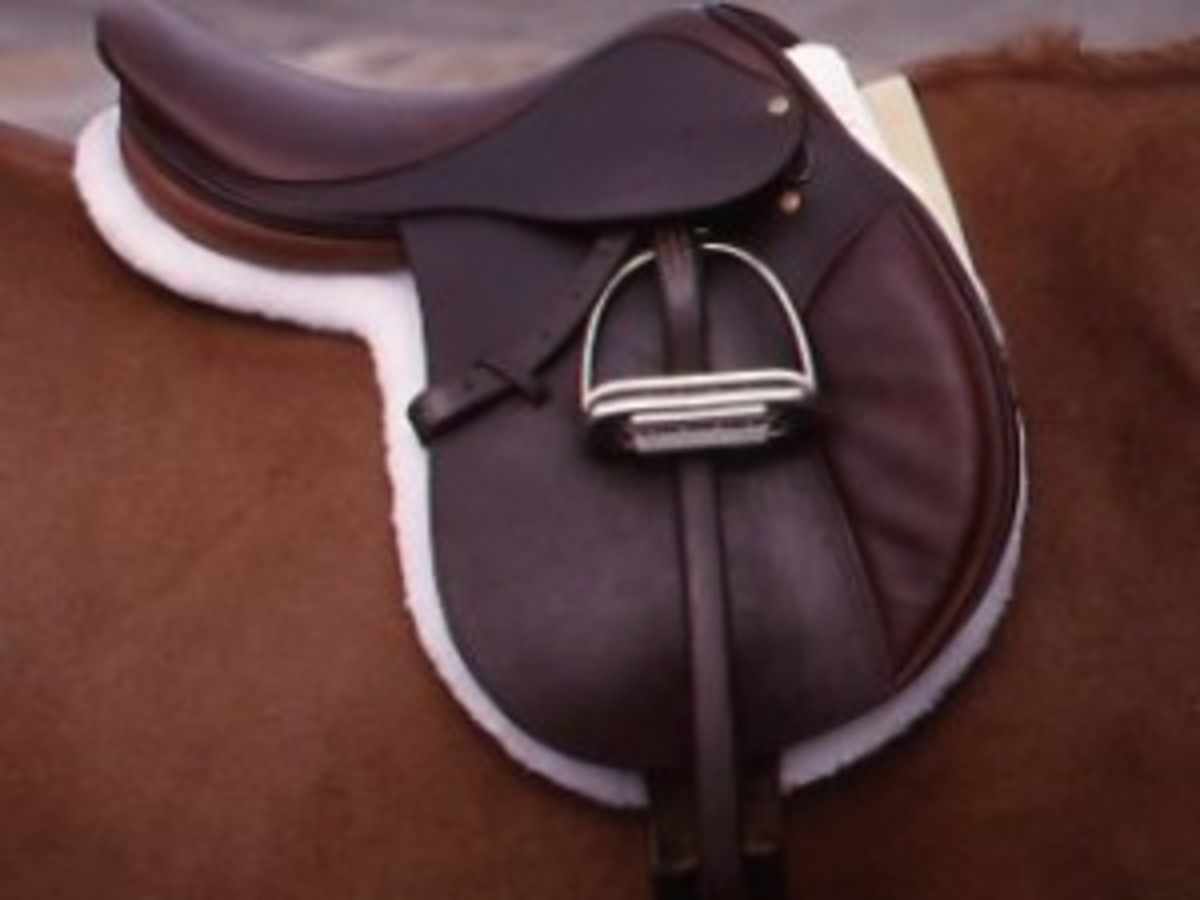My show-ring motto is “If you notice it, it’s wrong.” I don’t think equitation judges notice which type of saddle flap you have unless it’s really obvious–for instance, a big, bulky knee roll, or a flap that fits you poorly.

The amount of knee-roll support you need depends on how secure your leg position is. A flatter, more streamlined saddle flap shows off a nicely positioned leg. A flap with a slightly more built-up knee roll (one that has a supportive leather block sewn into the skirt under the flap) helps your leg stay in the correct place.
If you’re a novice, I have no problem with your using a modified knee roll with padding under the knee and a block (although not too large) under the flap-but with the goal of being able to use increasingly streamlined flaps. As your leg position grows stronger and more independent, you’ll eventually prefer the feel of a flap without extra support.
More experienced riders may still use suede or “pillow” knee rolls, which are quite attractive and perfectly acceptable–but I’d want them to avoid bulky blocks sewn into the skirt. If your saddle has blocks that you think you can do without, you can ask a saddler to remove them–or you can cut them out yourself (carefully!) with a seam-ripper.
Whatever type of saddle flap you choose, be sure its shape fits your conformation. Sitting in full three-point position, you want your knee to rest within a few inches of the edge of the flap. If it hangs over the edge, you need a more generously cut flap. If there’s a great expanse of leather in front of your knee, look for a saddle with a smaller flap. –Elizabeth Iliff
This article first appeared in the March 2000 issue of Practical Horseman magazine.Save










